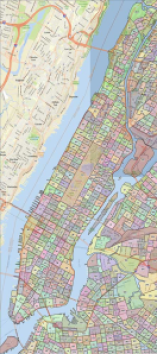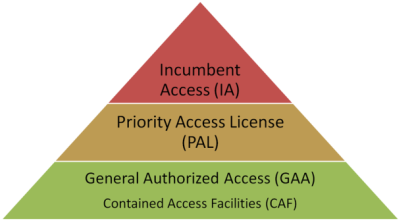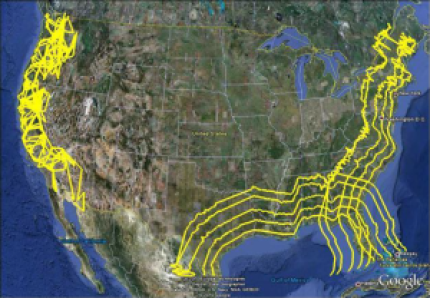 Spectrum sharing rules for the 3.5 GHz band in the US are beginning to take shape. While there are still some important aspects to define, the broad lines have been drawn for the Citizens Broadband Radio Service (CBRS). The process of fine-tuning the rules will continue following the April Further Notice of Proposed Rulemaking (FNPRM) (comments are due July 14th and reply comments by August 1st). The proposed rules will have a three-tiered spectrum sharing scheme in 3550 – 3650 MHz between Incumbent Access, Priority Access License (PAL) and General Authorized Access (GAA) users. Furthermore, there door is open to roll into this band the 3650 – 3700 MHz band which today operates on a non-exclusive licensed basis.
Spectrum sharing rules for the 3.5 GHz band in the US are beginning to take shape. While there are still some important aspects to define, the broad lines have been drawn for the Citizens Broadband Radio Service (CBRS). The process of fine-tuning the rules will continue following the April Further Notice of Proposed Rulemaking (FNPRM) (comments are due July 14th and reply comments by August 1st). The proposed rules will have a three-tiered spectrum sharing scheme in 3550 – 3650 MHz between Incumbent Access, Priority Access License (PAL) and General Authorized Access (GAA) users. Furthermore, there door is open to roll into this band the 3650 – 3700 MHz band which today operates on a non-exclusive licensed basis.
Incumbent Access (IA) users are federal government users which include the Navy (shipborne littoral radars), Department of Defense and military bases (ground-based radars), Air Force and Navy Tactical (airborne radars), and non-federal users (Fixed Satellite Service [FSS] earth stations). These users would have priority access to spectrum and all other users are bound not to interfere with their operations. Exclusion zones will be defined to protect IA users. In the original studies which assumed macro cell deployments resulted in very large exclusion zones that cover the eastern and western seaboards and along the Gulf of Mexico with a total 60% of the population. This was in large part to shipborne littoral radars of different power types which require exclusion up to 570 miles inland for the highest powered radar in some location where the land is flat and unobstructed. With the focus now being on small cells, interference profiles are being reconsidered and new exclusion zones will be defined.
Priority Access License (PAL) users will be able to bid on spectrum in 10 MHz unpaired allocations assigned for a census tract (typically covers 4,000 inhabitants). The one-year assignment cannot be renewed but up to 5 consecutive years can be accumulated through competitive bidding and up to 30 MHz can be held by a single user. PAL users would receive interference protection from GAA users and would operate on a non-interfering basis with respect to Incumbent users. The Spectrum Access System (SAS) would dynamically assign PAL users bandwidth within a given geographic area. This bodes well for a secondary market to take shape and streamline allocations.

Manhattan Census Tracts (Source: UNHP)
The lowest tier of users, the GAA, would be assigned to unused PAL channels and are required to use certified, FCC-approved CBSDs (Citizens Broadband Service Devices) and register with the SAS. 50% of the band in any census tract will be reserved for GAA users who will be allocated bandwidth dynamically by the SAS which will ensure that CBSDs do not operate within exclusion zones. Additional frequencies would be made available on an opportunistic basis when they are not in use by PAL users. A sub class of GAA is defined as Contained Access Facilities (CAF) users to include public safety organizations, hospitals and local governments who can request and reserve up to 20 MHz from the GAA pool for indoor use within their facilities.
Another important aspect to the new rules is the considerations to roll the 3650 – 3700 MHz non-exclusive licensed band under the rules that govern 3550 – 3650 MHz. The 3.65 GHz band as is commonly know is being used by a number of WISPs, utility companies and SMEs. These users would migrate after five years from the adoption of new rules to operate as PAL or GAA users. I would expect this to get confirmed for a number of reasons including the limited scope of deployment in this band (see my earlier post) aside from a number of other factors.
With the rules taking shape, making it all work will be the proof of success. It is therefore not strange that this band has been labeled as the “innovation band” by the FCC rule makers. There is much to be worked out such as the PAL auction and the SAS management. It will sure take time, but it will be a model for future spectrum allocation scheme that will set a wholly new approach.

